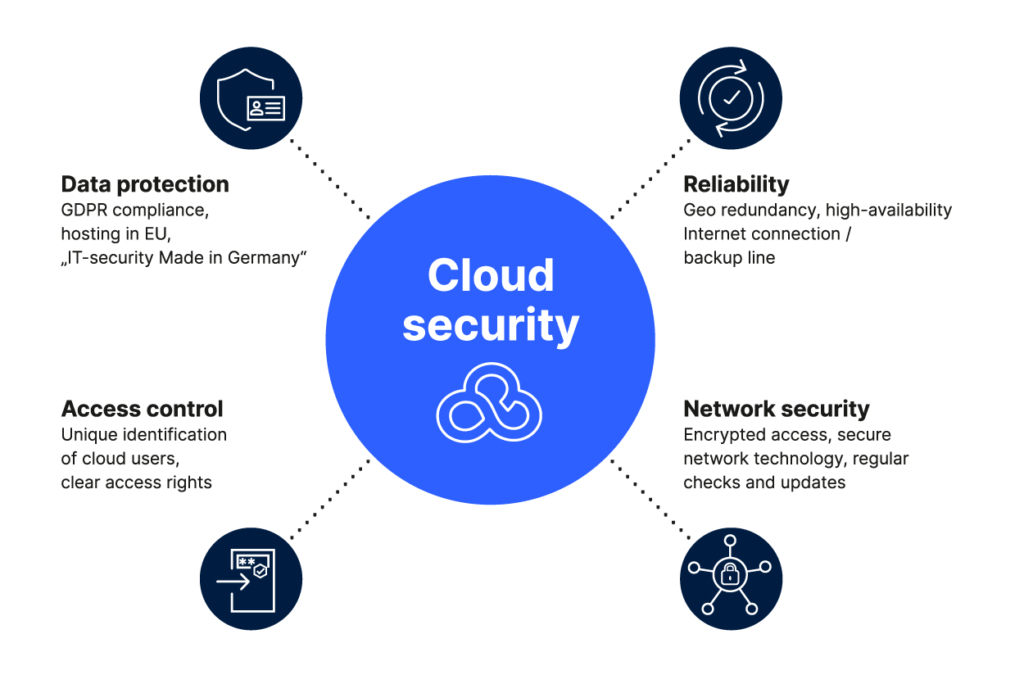Cyber Security Industry News: Latest Trends
Cyber security is an ever-evolving field, and keeping up with the latest trends is crucial for anyone involved in technology. Here’s a look at some of the current trends in the cyber security industry that are shaping the future of digital protection.
Rise of Artificial Intelligence and Machine Learning
Artificial Intelligence (AI) and Machine Learning (ML) are transforming cyber security. These technologies help in detecting and responding to threats more quickly and accurately than traditional methods. AI systems can analyze vast amounts of data to identify unusual patterns or anomalies that might indicate a security threat. Machine Learning algorithms improve over time by learning from past incidents, making them better at spotting new types of attacks.
AI-powered tools can automate repetitive tasks, such as monitoring network traffic or scanning for vulnerabilities, allowing human experts to focus on more complex issues. Additionally, AI helps in predicting potential threats by analyzing trends and patterns, which enhances proactive defense strategies.
Increased Focus on Ransomware Defense
Ransomware attacks, where hackers encrypt a victim’s data and demand a ransom to unlock it, have become more prevalent. In response, organizations are investing heavily in ransomware defense strategies. This includes improving backup systems to ensure that data can be restored without paying a ransom. Companies are also adopting advanced encryption techniques to protect data and using multi-factor authentication to prevent unauthorized access.
Security professionals are developing new tools and techniques to detect ransomware before it can cause significant damage. Regular training and awareness programs for employees also play a critical role in preventing ransomware attacks by teaching them to recognize phishing attempts and other common tactics used by cybercriminals.
Expansion of Cloud Security

As more businesses move their operations to the cloud, cloud security has become a top priority. Protecting data and applications in the cloud requires specialized security measures. This includes ensuring that cloud providers have strong security protocols in place and implementing additional layers of protection, such as encryption and access controls.
Organizations are also using cloud security tools that offer real-time monitoring and threat detection. These tools help in identifying and responding to security incidents quickly. Additionally, companies are adopting hybrid cloud solutions to balance the benefits of cloud computing with the need for secure on-premises data storage.
Growing Importance of Zero Trust Architecture
Zero Trust Architecture (ZTA) is a security model based on the principle of “never trust, always verify.” In a Zero Trust model, no user or device is trusted by default, regardless of whether they are inside or outside the network. Instead, every access request is thoroughly verified before granting permission.
ZTA involves continuously monitoring and verifying the identity and security posture of users and devices. This approach helps in minimizing the risk of insider threats and unauthorized access. Companies are increasingly adopting Zero Trust principles to enhance their security posture and better protect against advanced threats.
Emphasis on Data Privacy Regulations
Data privacy regulations are becoming stricter around the world. Laws like the General Data Protection Regulation (GDPR) in Europe and the California Consumer Privacy Act (CCPA) in the United States require organizations to handle personal data with greater care and transparency.
Businesses are investing in compliance tools and practices to ensure they meet these regulations. This includes implementing robust data protection measures, conducting regular audits, and training employees on data privacy best practices. Staying compliant with these regulations not only avoids legal penalties but also builds trust with customers.
Advancements in Threat Intelligence
Threat intelligence involves collecting and analyzing information about potential cyber threats to improve defense strategies. Recent advancements in threat intelligence include the use of advanced analytics and machine learning to process vast amounts of data from various sources.
Organizations are now leveraging threat intelligence platforms that provide real-time insights into emerging threats and vulnerabilities. These platforms help security teams stay ahead of cybercriminals by identifying potential threats before they can impact the organization. Collaboration between different organizations and sharing threat intelligence is also becoming more common to strengthen overall cyber defense.
Increased Investment in Cyber Security Talent
The demand for skilled cyber security professionals continues to grow as cyber threats become more sophisticated. Organizations are investing in training and development programs to build a skilled workforce. They are also offering competitive salaries and benefits to attract top talent.
Additionally, companies are exploring partnerships with educational institutions to create a pipeline of future cyber security experts. This includes offering internships, sponsoring research, and supporting educational programs focused on cyber security. Addressing the talent shortage is critical for maintaining strong cyber defenses and responding effectively to threats.
Enhanced Security for Internet of Things (IoT) Devices
The proliferation of Internet of Things (IoT) devices introduces new security challenges. Many IoT devices are vulnerable to attacks due to weak security features and inadequate updates. As the number of connected devices grows, securing these devices becomes increasingly important.
Efforts to enhance IoT security include developing standards and best practices for device manufacturers, such as implementing strong authentication mechanisms and regular software updates. Additionally, network segmentation and monitoring are used to protect IoT devices from being exploited as entry points for larger attacks.
Growth of Cyber Security Insurance
Cyber security insurance is becoming more popular as organizations seek to mitigate the financial risks associated with cyber incidents. This type of insurance helps businesses cover the costs of data breaches, ransomware attacks, and other cyber-related incidents.
Insurance providers are offering policies tailored to different industries and risk levels. Companies are also using insurance as a way to incentivize better security practices, as insurers often require organizations to implement certain security measures to qualify for coverage. This trend reflects the increasing recognition of cyber risk management as an integral part of business operations.
Development of Quantum-Safe Cryptography
Quantum computing has the potential to break current cryptographic algorithms, posing a significant threat to data security. As quantum computing technology advances, researchers and security experts are working on developing quantum-safe cryptographic methods to protect sensitive information.
Quantum-safe cryptography involves creating encryption algorithms that are resistant to attacks from quantum computers. This research is still in its early stages, but it is crucial for ensuring long-term data security in a future where quantum computing is more prevalent. Organizations are keeping an eye on these developments to prepare for the potential impact on their security infrastructure.
Staying informed about these trends can help individuals and organizations better prepare for and respond to the evolving landscape of cyber security. Embracing new technologies, updating security practices, and investing in talent and tools are essential steps in maintaining a strong defense against cyber threats.



